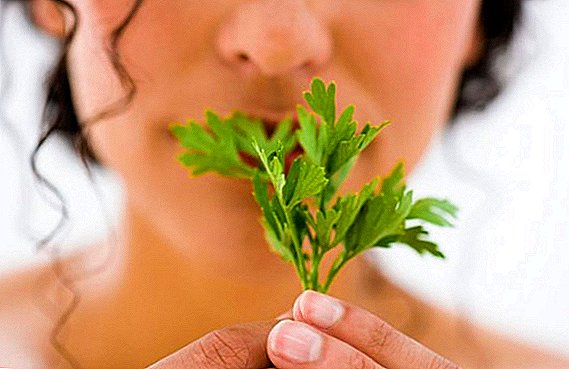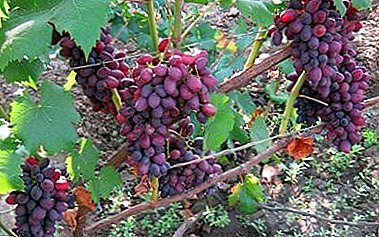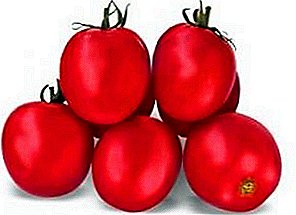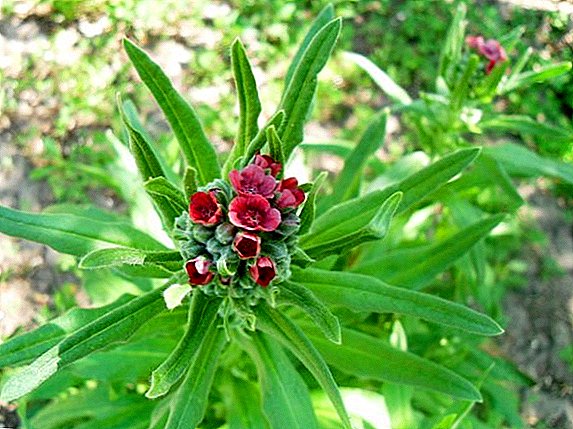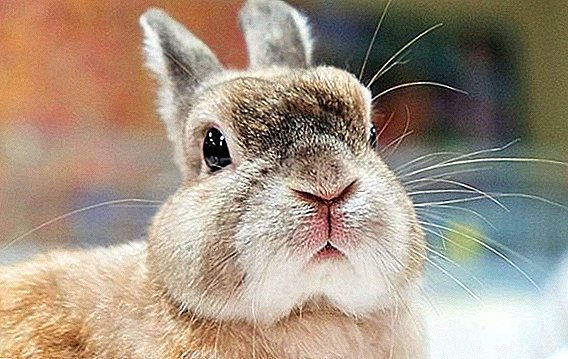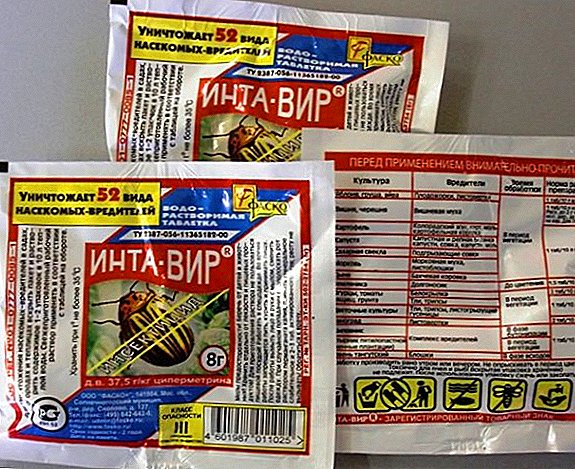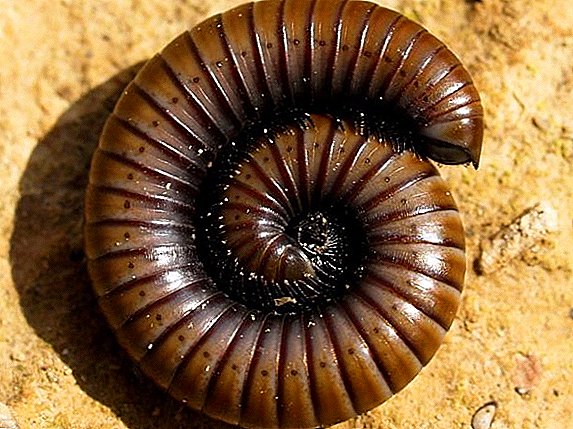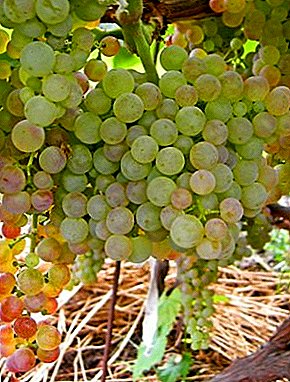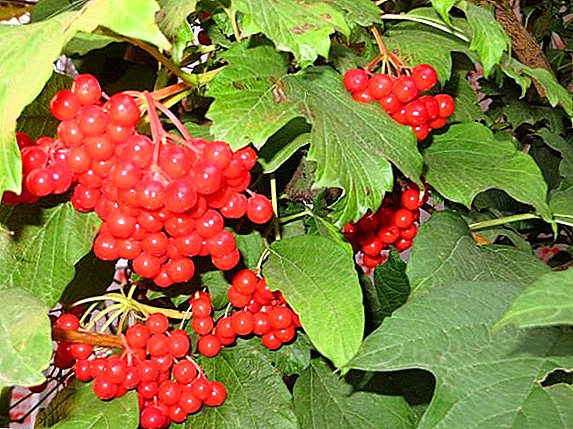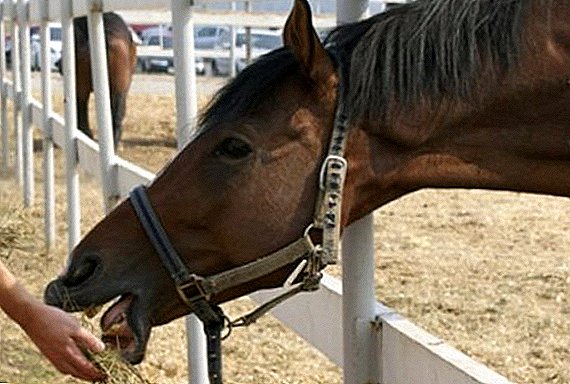 The ration of the horse is selected individually depending on the living conditions and climate, type of activity and load, breed and age of the animal. Common to all types of horses is the need for plant food. It is obvious that a balanced, well-composed diet is the key to the health and beauty of the animal, maintaining long-term performance and productivity. About what products must be included in the food of horses of different ages, let's talk further in the article.
The ration of the horse is selected individually depending on the living conditions and climate, type of activity and load, breed and age of the animal. Common to all types of horses is the need for plant food. It is obvious that a balanced, well-composed diet is the key to the health and beauty of the animal, maintaining long-term performance and productivity. About what products must be included in the food of horses of different ages, let's talk further in the article.
What do wild horses eat?
Freedom-loving, wild animals in the conditions of the wild nature spend almost all their time in search of food, overcoming vast distances. Despite the large size of the horses, their stomachs are relatively small in size, so the horses cannot eat huge portions at a time - this is why they eat on the principle of "little, but often."  Slowly chewing food allows you to get a feeling of satiety for a long time. Herbs and shrubs form the basis of the diet of a wild animal. In the summer, horses feed on fleshy stems of meadow and steppe grasses, in winter they get grass from under the snow, they can be content with sprigs of bushes and even tree bark. Sometimes can get roots.
Slowly chewing food allows you to get a feeling of satiety for a long time. Herbs and shrubs form the basis of the diet of a wild animal. In the summer, horses feed on fleshy stems of meadow and steppe grasses, in winter they get grass from under the snow, they can be content with sprigs of bushes and even tree bark. Sometimes can get roots.
Did you know? Wild horses spend 85% of their time eating grass, that is, they chew about 20 hours a day.
How to feed a horse at home
The diet of a domesticated animal also consists of plant foods, but it differs in the amount of feed and in compliance with a fixed feeding regimen. Since domestic horses usually carry much more intense loads than their wild counterparts, their diet should be appropriate. To provide the animal with all the necessary nutrients, the diet should include three main groups of products: coarse and succulent feed, as well as grain mixtures. Animal products occupy a small portion of the diet.  For each individual, the ratio is selected individually, based on a variety of factors, but, in general, the diet should look like this:
For each individual, the ratio is selected individually, based on a variety of factors, but, in general, the diet should look like this:
- 60-80% - coarse and juicy feed;
- 20-40% - grain mixtures.
Important! If the animal's body loses rough and juicy food, along with exceeding the permissible amount of grain, a strong failure of metabolic processes, fraught with dangerous pathologies, can occur.
Roughage
Consist of such products:
- Haylage (dried grass). Very useful and nutritious product that horses eat with great pleasure. The daily rate for an adult individual is 8 kg.
- Straw. Digested by the body of a horse with difficulty, it contains few nutrients, therefore it should be used in limited quantities (not more than 5 kg per day per adult horse). The best types are corn and oat straw.
- Hay. An important product in the winter, the amount in the diet comes to 50%. May be meadow or sowing. The daily dose for an adult horse is 20 kg per 500 kg of animal weight. With intense physical exertion, the share of hay decreases, and the share of oats increases.

Succulent feed
Juicy food include such, the water content of which is 70-90%. The category of succulent fodder consists of vegetables (mainly root vegetables), green fresh grass and silage.
Read more about how to harness horses.
From vegetables the most useful and running are such:
- Carrot. A valuable source of carotene, can be fed raw and boiled. Young animals need up to 2 kg per day, adults up to 3 kg.
- Beet fodder. It is better to feed raw in the amount of 4 kg for the young and 12 kg for adults.
- Sugar beet. It is fed in its raw form, young animals can receive 4 kg per day, adults - 7 kg.
- Potatoes. It is desirable to give in boiled form in the amount of 5 kg and 15 kg for young and adult individuals, respectively.
 Nutritious and rich in vitamins is another juicy product - silage. It is best to use corn silage in the amount of 5-15 kg, depending on the age of the animal (the older - the higher the rate). Green food, as the name implies, is a mixture of various herbs. It is the staple food of horses in the wild, as well as domesticated animals. It is the richest source of protein, fiber, vitamins and minerals. An adult should receive up to 60 kg of green food per day, young animals up to 40 kg.
Nutritious and rich in vitamins is another juicy product - silage. It is best to use corn silage in the amount of 5-15 kg, depending on the age of the animal (the older - the higher the rate). Green food, as the name implies, is a mixture of various herbs. It is the staple food of horses in the wild, as well as domesticated animals. It is the richest source of protein, fiber, vitamins and minerals. An adult should receive up to 60 kg of green food per day, young animals up to 40 kg.
Check out the description of the best horse suits.
Concentrated feed
Should be present in the diet of horses in a limited number, but without them it is impossible to do when fattening horses of meat orientation and with intense physical exertion. Grain mixtures are a kind of "fuel" for animals. These cultures are mainly used:
- Barley. High-calorie product, used in limited quantities in steamed form for better digestibility. The maximum number per day for an adult individual is 4 kg.
- Oats. A classic product for animals, without which it is impossible to imagine a complete diet. It contains a lot of fiber and starch, therefore it has great nutritional value. Depending on the age and load of the animal, you can feed 2-7 kg per day.
- Corn. Contains a lot of starch, therefore gives a large amount of energy. It is applied before heavy loads in small quantities (as an additive).
- Bran. Rich in fiber, but have a small amount of vitamins and minerals. Used to increase the volume of servings.
- Combined feed or grain mixture (when self-cooking). They are a mixture of various grain crops, vitamins, minerals (premixes), and may also contain pulp, bran, oilcake, grass meal.

Important! The digestive system of the horse is extremely sensitive to poor-quality feed: products with signs of rotting, souring, molding and other defects instantly affect the digestion of the animal. Use them in the diet is unacceptable!
Animal feed
Must be present in the diet of the animal in very limited quantities to replenish reserves of protein and minerals. In general, farmers apply reverse and fish meal in an amount of up to 300 g per day per 1 adult animal.
What can not feed a horse
Products from the following list cannot be fed to horses, otherwise they can cause painful conditions of varying degrees of difficulty, from simple swelling and fermentation to intestinal blockage and inflammation of the liver. Forbidden products for animals:
- Cabbage - causes fermentation, gas formation, bloating and colic.
- All fruits (except for apples in limited quantities) - the result of feeding the horse fruit can be unpredictable and very sad.
- Dried fruits - very dangerous, unusual for horses product.
- Fresh bread - causes fermentation, makes digestion difficult, can cause colic and intestinal blockage.
- Products from the human table, packaged store products - contain many chemical components (dyes, preservatives, etc.), which the stomach of an animal is not able to digest.

Learn how to choose a good horse for yourself.
Rules for watering animals
At first glance, in the technique of watering there can be no difficulties. But if you do not know the elementary rules, you can make serious mistakes that will affect the health of the animal. In most cases, this is due to watering at the wrong time. So, when watering you need to follow these recommendations:
- It is strictly forbidden to water the horse for 2 hours after eating so as not to cause an expansion of the stomach and colic.
- You can water a horse 30 minutes before a meal.
- An enraged animal after active physical work is not recommended for 30 minutes. During this time, the animal must cool down and completely restore breathing.
- The number of irrigations per day is 3-4 times.
- Water temperature should be at room temperature.
 At one time, a horse can drink a volume of water several times larger than the volume of its stomach (its capacity is 15 liters), all because almost all of the liquid immediately leaves the stomach and moves into the intestines. A horse’s need for water depends on a large number of factors: time of year and temperature, stresses, and type of food. In winter, the animal can drink 30-60 liters of water, in the hot season, especially with intense loads, the need for fluid increases to 80 liters or more. It is also important to consider what you water the horses from.
At one time, a horse can drink a volume of water several times larger than the volume of its stomach (its capacity is 15 liters), all because almost all of the liquid immediately leaves the stomach and moves into the intestines. A horse’s need for water depends on a large number of factors: time of year and temperature, stresses, and type of food. In winter, the animal can drink 30-60 liters of water, in the hot season, especially with intense loads, the need for fluid increases to 80 liters or more. It is also important to consider what you water the horses from.
In nature, horses are lowered to the ground for drinking, and the neck is fully extended. If you use auto-drinkers on the stable and place them too high, the drinking process becomes inconvenient and contrary to the physiology of these animals, therefore you need to place the drinkers as low as possible to the ground.
Did you know? The horse's stomach, unlike the human, is not able to stretch and change volume depending on the amount of food.
Approximate daily diet and feeding rates
As we have already indicated, it is desirable to individually formulate the diet for each individual individual, given its physiological characteristics, the amount and type of load, and other factors. But the basis can be taken ready-made calculations, developed by experienced livestock specialists and intended for an average animal weighing 500-550 kg.
For stallions
The number and variety of products in the producers ration largely depends on the period of sexual activity, as well as on the breed (heavyweight or riding horse).
| Component | Horse breed (up to 600 kg) | Heavy breed (over 600 kg) | ||
| Pre Casethe period | Rest period | Pre Casethis period | Rest period | |
| Hay | 9 kg | - | 12 kg | - |
| Dried grass | - | 20 kg | - | 25 kg |
| Oats | 3 kg | 4 kg | ||
| Barley | 1.5 kg | 3 kg | ||
| Carrot | 3 kg | - | ||
| Bran | 1 kg | |||
| Cake | 1 kg | - | 1 kg | - |
| Salt | 33 g | 30 g | 45 g | 40 g |
| Premix | 150 g | 100 g | ||
| Chicken eggs | 4-5 pieces | - | - | - |
For mares
Foal mares must necessarily spend at least 6 hours a day on free pasture.
| Product | Horse breeds (up to 550 kg) | Heavyweights (up to 600 kg) | ||||
| Single | Foal | Lactating | Single | Foal | Lactating | |
| Hay | 8 kg | 9 kg | 10 kg | 8 kg | 10 kg | |
| Straw | - | 2 kg | - | 2 kg | ||
| Oats | 2 kg | 3 kg | ||||
| Corn | - | 1 kg | 2 kg | - | 1 kg | 2 kg |
| Barley | 1 kg | 1.5 kg | 1 kg | 2 kg | ||
| Cake | 0.5 kg | - | 1 kg | 0.5 kg | - | 1 kg |
| Bran | 1 kg | - | 1 kg | |||
| Salt | 27 g | 33 g | 40 g | 29 g | 36 g | 43 g |
| Premix | 100 g | 200 g | 400 g | 500 g | ||
For young
Up to 2 months of age, the foal feeds on mother's milk. Then you can gradually introduce flattened oats, hay, cake, molasses, bran and carrots. The table shows the dietary rates for foals of different ages and masses (w. M - live weight).
| Product | Age | |||
| 0.5-1 year (w. M. 250 kg) | 1-1.5 years (w. M. 350 kg) | 1.5-2 years (w. M. 400 kg) | 2-3 years (w. M. 500 kg) | |
| Cereal bean hay | 4.5 kg | 6 kg | 8 kg | |
| Oats | 3 kg | 4 kg | 3 kg | |
| Bran | 0.5 kg | 1 kg | 0.5 kg | 1 kg |
| Corn | - | 1 kg | 2 kg | |
| Soybean meal | 500 g | - | ||
| Carrot | 2 kg | |||
| Molasses | - | 400 g | - | |
| Lysine | 5 g | 8 g | 7 g | - |
| Salt | 18 g | 22 g | 24 g | 25 g |
| Premix | 100 g | 200 g | ||
| ICF, additive | 50 g | - | ||
In addition to the usual products, the diet can also include vitamin-mineral complexes, additives with amino acids, probiotics and digestive stimulants. If the diet of the animal is made correctly, and feeding will be carried out according to all the rules, then your pet's body will work as efficiently and harmoniously as possible, and the horse will feel healthy, cheerful and energetic.
Reviews



